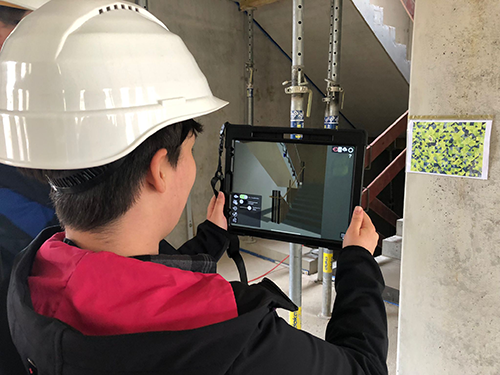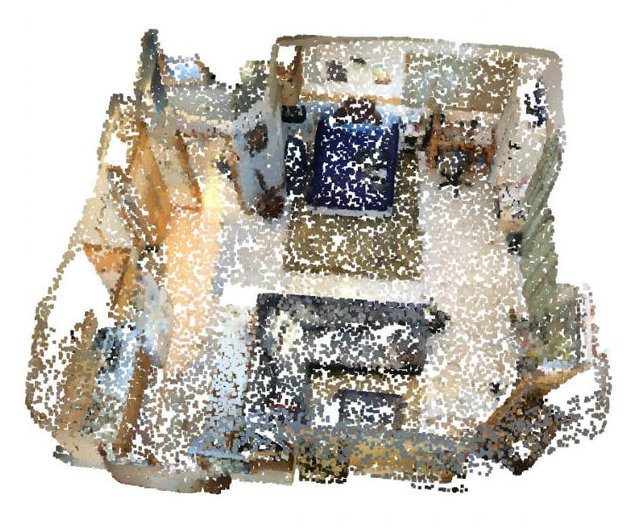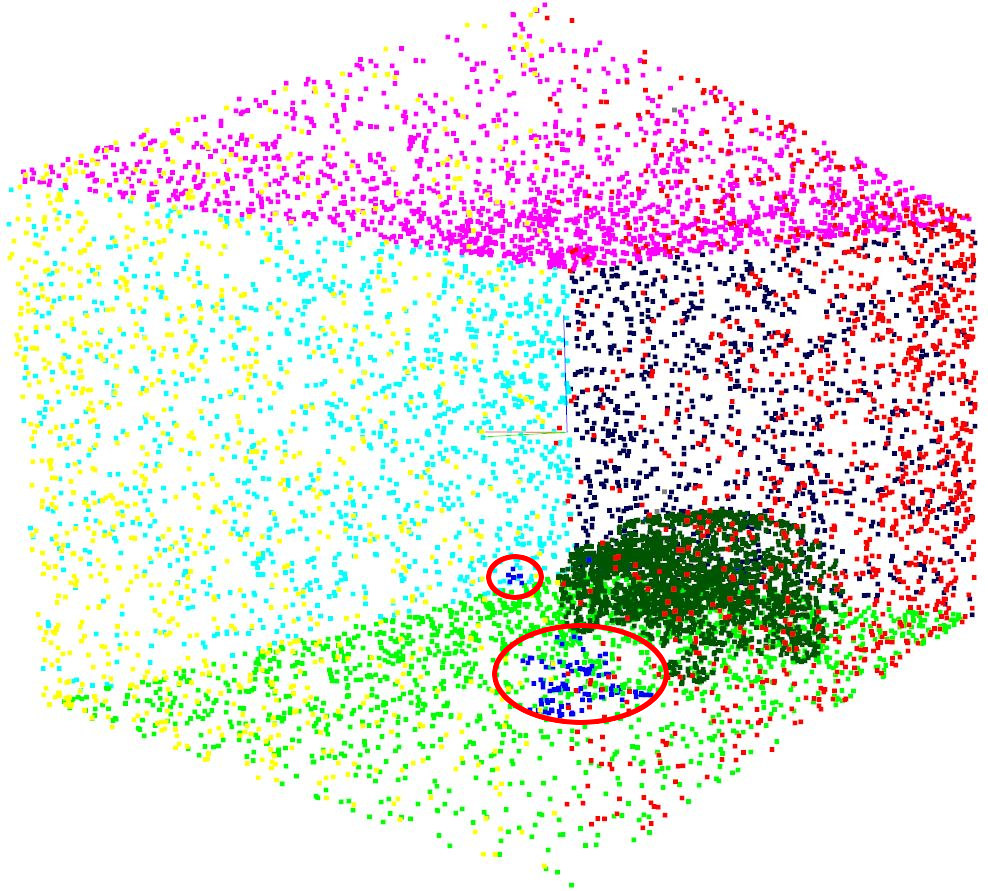Our goal is to create realistic 3D images of objects or rooms. For this purpose, we use the laser scanner Faro Focus S70, which can capture anything visible in a sphere with a radius of up to 70 meters. Whenever we scan a room, we also move along the walls and take overlapping photographs. Overall, depending on the size of the room or object, we collect between 600 and 1500 pictures to ensure that we obtain enough material in a single scanning process.



























